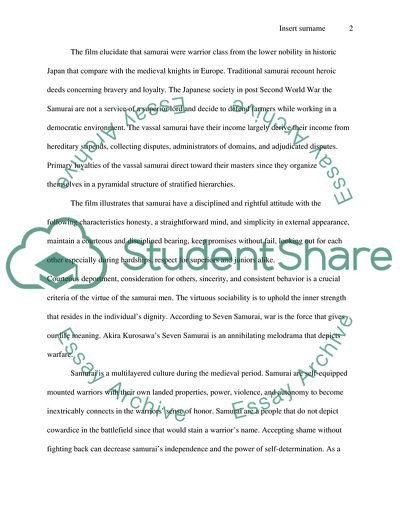Cite this document
(Akira Kurosawa Seven Samurai Essay Example | Topics and Well Written Essays - 1250 words - 3, n.d.)
Akira Kurosawa Seven Samurai Essay Example | Topics and Well Written Essays - 1250 words - 3. https://studentshare.org/visual-arts-film-studies/1849640-film-report
Akira Kurosawa Seven Samurai Essay Example | Topics and Well Written Essays - 1250 words - 3. https://studentshare.org/visual-arts-film-studies/1849640-film-report
(Akira Kurosawa Seven Samurai Essay Example | Topics and Well Written Essays - 1250 Words - 3)
Akira Kurosawa Seven Samurai Essay Example | Topics and Well Written Essays - 1250 Words - 3. https://studentshare.org/visual-arts-film-studies/1849640-film-report.
Akira Kurosawa Seven Samurai Essay Example | Topics and Well Written Essays - 1250 Words - 3. https://studentshare.org/visual-arts-film-studies/1849640-film-report.
“Akira Kurosawa Seven Samurai Essay Example | Topics and Well Written Essays - 1250 Words - 3”. https://studentshare.org/visual-arts-film-studies/1849640-film-report.


